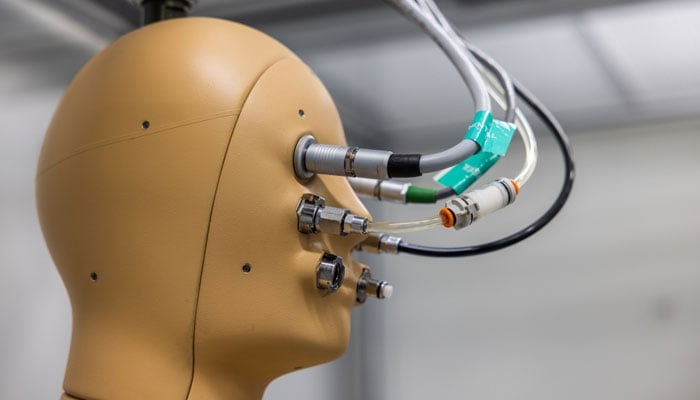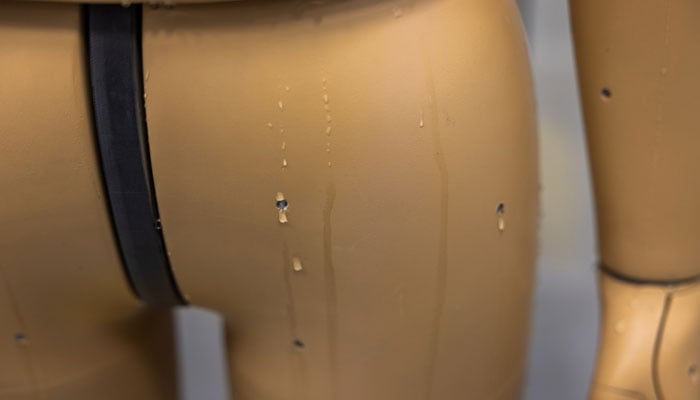'ANDI' can feel heat: Scientists bring out a breathing, sweating manikin
"There's a lot of great work out there for extreme heat, but there's also a lot missing," says professor
June 11, 2023

Scientists have created first of its kind manikin named ANDI which is capable of functioning as a human body and acts similar to the thermal functions of the human body, Express UK reported.
ANDI sweats and carries out indoor-outdoor breathing. It also has 35 different surface areas.
According to the Arizona State University team behind ANDI, each of the surface areas is individually controlled with temperature sensors, heat flux sensors and pores that bead sweat.
Konrad Rykaczewski, associate professor at the University's School for Engineering of Matter, Transport and Energy, intends to use ANDI to measure the effects of extreme heat on human health.
He said: "ANDI sweats; he generates heat, shivers, walks and breathes. There's a lot of great work out there for extreme heat, but there's also a lot missing. We're trying to develop a very good understanding (of how heat impacts the human body) so we can quantitatively design things to address it.”
It is developed in order to better grasp heat stress on humans and why extreme weathers prove deadly.
The university developed a heat chamber where the experts can conduct heat-exposure experiments from different areas of Earth.

It is built with internal cooling channels that allow it to stay cool enough to withstand extreme heat while “measuring complex variables that contribute to our perception of heat in different environments”.
Jenni Vanos, associate professor in the ASU School of Sustainability, said: “You can’t put humans in dangerous extreme heat situations and test what would happen.
“But there are situations we know of in the Valley where people are dying of heat and we still don't fully understand what happened. ANDI can help us figure that out.”
“We can move different BMI [body mass index] models, different age characteristics and different medical conditions [into ANDI],” said Ankit Joshi, an ASU research scientist and the lead operator of ANDI.
“A diabetes patient has different thermal regulation from a healthy person. So we can account for all this modification with our customised models.”
The team aims to create a new way so that they can contribute to coping with the impact of heat which may include cooling clothes or exoskeletons for backpacks, designed for cooling support.











